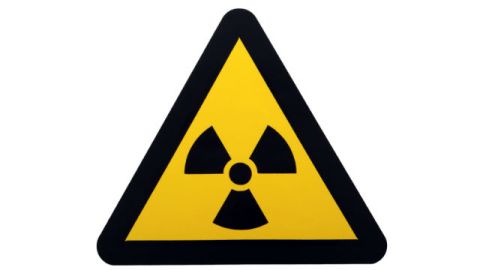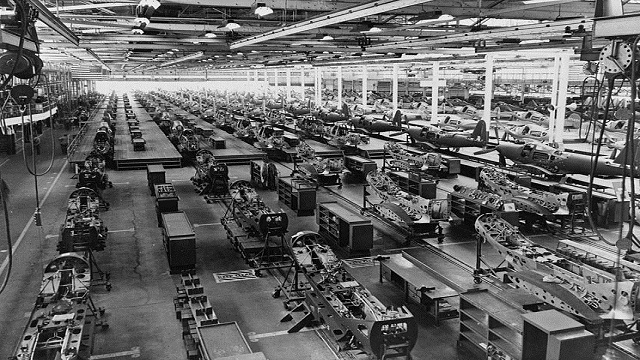RadioPhobia Strikes Again. And Again.

It’s been a bad few weeks for RadioPhobia, the powerful fear of radiation that far exceeds the actual risk. From three different places come new examples of this version of the phenomenon I write about often, The Risk Perception Gap, the risk that arises when our fears don’t match the facts.
1. Environmental advocate Robert Kennedy Jr, in a debate with Robert Stone about Stone’s new pro-nuclear film Pandora’s Promise, repeated the incredible claim that nearly 1 million people were killed by the nuclear accident at Chernobyl. This denies what the World Health Organization found…a projected lifetime cancer death toll of 4,000 out of 750,000 people exposed to doses high enough to potentially do health damage.
Kennedy’s claim utterly denies the science on the biological effects of radiation, which is based on the long term study of atomic bomb survivors. That research, perhaps the longest epidemiological study ever and accepted by nearly all the scientists who study the health effects of radiation, has found that high doses of radiation (much higher than those released by Chernobyl) raise the lifetime cancer mortality risk by less than one percent. The WHO estimate of 4,000 lifetime deaths out of 750,000 people exposed by Chernobyl to higher doses – a risk of little more than half of one percent in the at-risk population – is consistent with that research.
2. Germany has a program to honor environmentally helpful technology called the GreenTec Awards. Judging includes input from the public. One award this year went to something called a dual fluid nuclear reactor, a new, smaller, safer design. But German Greens are vehemently opposed to nuclear power, and the German government needs the support of Greens to maintain the coalition on which they maintain power. German Environment Secretary Peter Altmaier is the main patron of the GreenTec Awards.
After the nuclear reactor won the award, the GreenTec Awards program changed the rules to say that the public vote doesn’t count, and the program judges took back the award for the nuclear reactor. Followers of the award program screamed foul, but the program directors didn’t want to hear those complaints, and took them down from the program’s Facebook page. And just to make it clear that this really was a RadioPhobic rejection of nuclear power, the program directors posted that there are “19,000 dead of Fukushima, being the end of nuclear energy”. (This episode is reported in more detail in a blog post How To Stash A Nuclear Reactor Away, by Rainer Klute)
19,000 radiation deaths from Fukushima is RadioPhobic nonsense. The World Health Organization, along with Japanese scientists and radiation biologists around the world who have studied the Fukushima health effects, say that the number of deaths, if any, will be so low that they will be undetectable against normal cancer rates in Japan. In fact, they have found that the health effects from the nuclear disaster at Fukushima already showing up are the results not of radiation but of RadioPhobia; stress, depression, kids getting fatter because they’re not allowed to run around outside.
3. The federal nuclear facility in Hanford Washington, which produced the plutonium used in the atomic bombs dropped on Japan and in most of America’s nuclear weapons arsenal, has had all sorts of contamination problems for decades. A massive environmental clean up of all sorets of hich level nuclear waste, and groundwater contamination, has been underway for years, costing $2 billion a year.
A few weeks ago the Department of Energy said one of the tanks holding nearly a million gallons of high level waste may be leaking. Radioactivity was detected in soil outside the tank. State officials were informed, and said the amount of the material and the levels of radioactivity posed no public health threat, nor any threat of contaminating the Columbia River, which runs near the site.
But an anti-nuclear advocate said the test results “came up ‘screaming hot'”, the sort of alarmist RadioPhobic language that advocates use. the Seattle times used the advocate’s language in it’s headline “Hanford double-wall tank may be leaking ‘screaming hot’ N-waste.” Certainly newspapers do this all the time, playing up the dramatic and scary aspect of stories to draw reader attention. But “screaming hot N-waste” is RadioPhboic language that is A) excessively alarmist given what the actual risks apparently were, and B) reinforces public RadioPhobia.
The definition of phobia is “extreme and irrational fear”. Given what science has learned about the actual health effects of radiation, RadioPhobia is a classic example. And it produces a Risk Perception Gap that threatens our health. That excessive fear fuels resistance to the application of many types of nuclear technology, most notably nuclear power. That resistance denies society some of the benefits of those technologies, and leads to alternatives that often do far greater harm. Climate scientist James Hansen estimates that fossil fuel power, which made up more of the American energy supply after fear of nuclear power made building the plants much more expensive, may have killed as many as 1.8 million people (from air pollution) to date, and could kill 420,000 – 7 million more in the next 40 years. And that doesn’t even mention the massive additional amount of greenhouse gasses fossil fuel burning has produced, contributing to climate change.
Being more afraid that we need to be, or not as afraid of some risks as we ought to be, is a huge risk in and of itself. RadioPhobia offers some important lessons.





